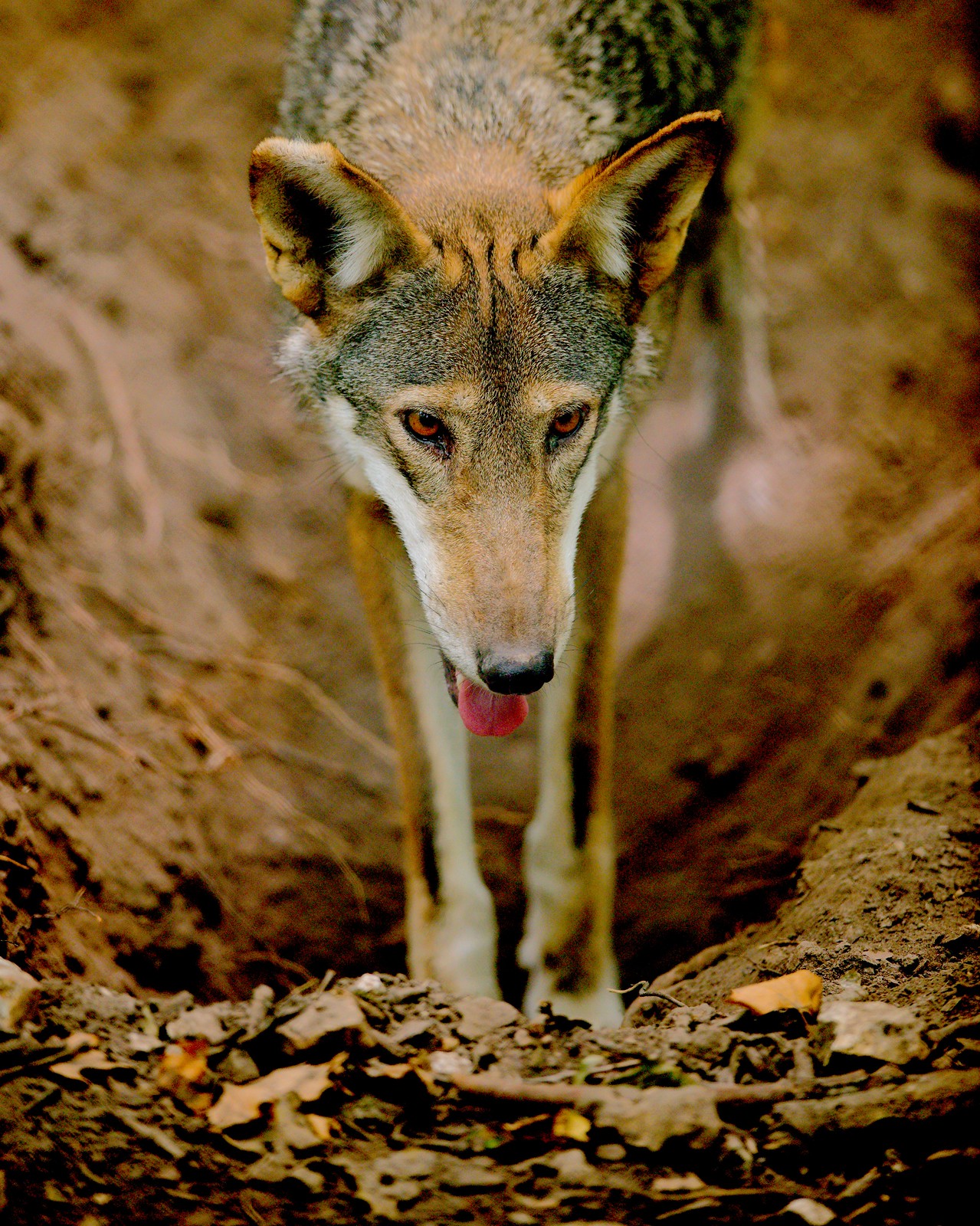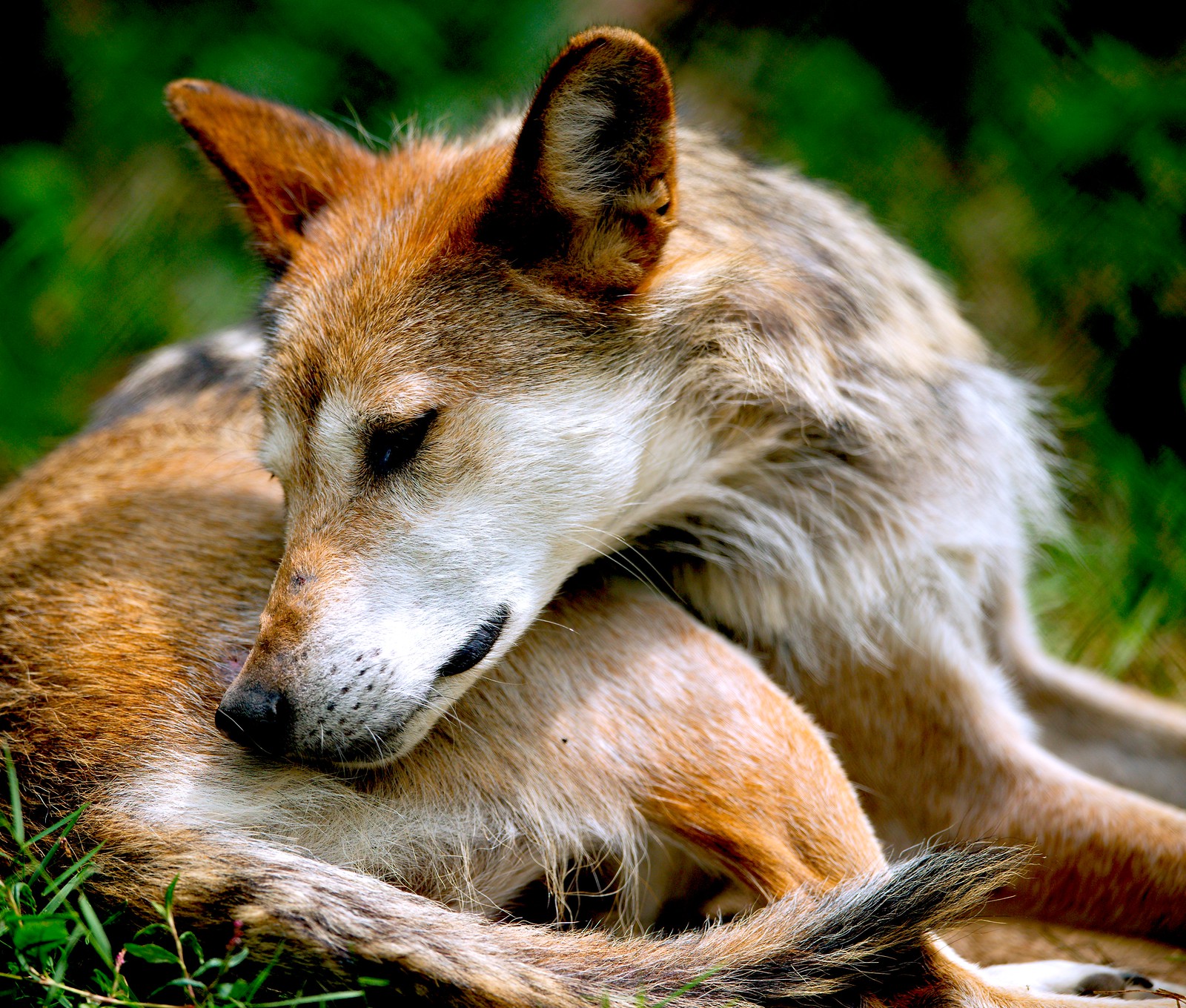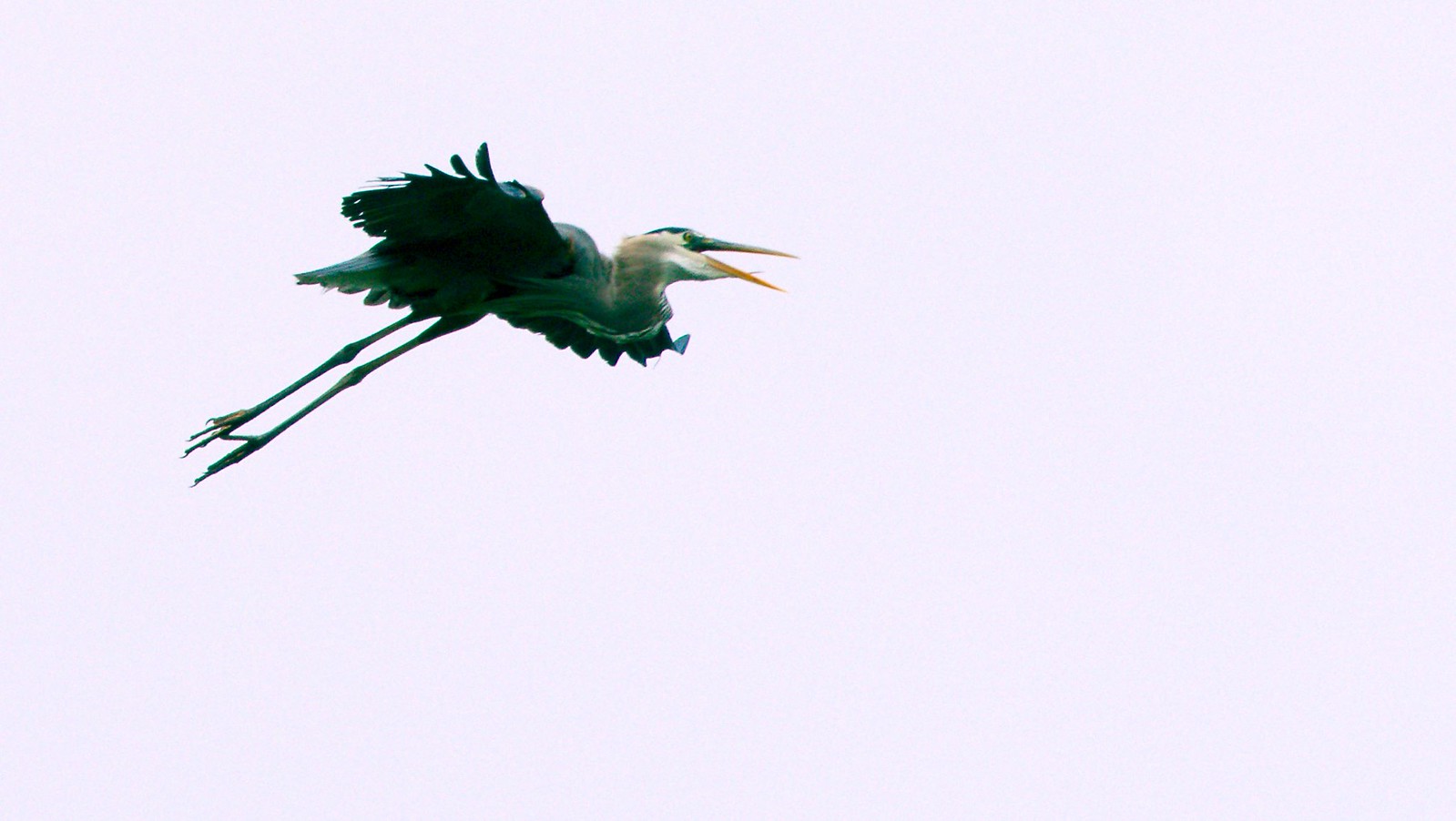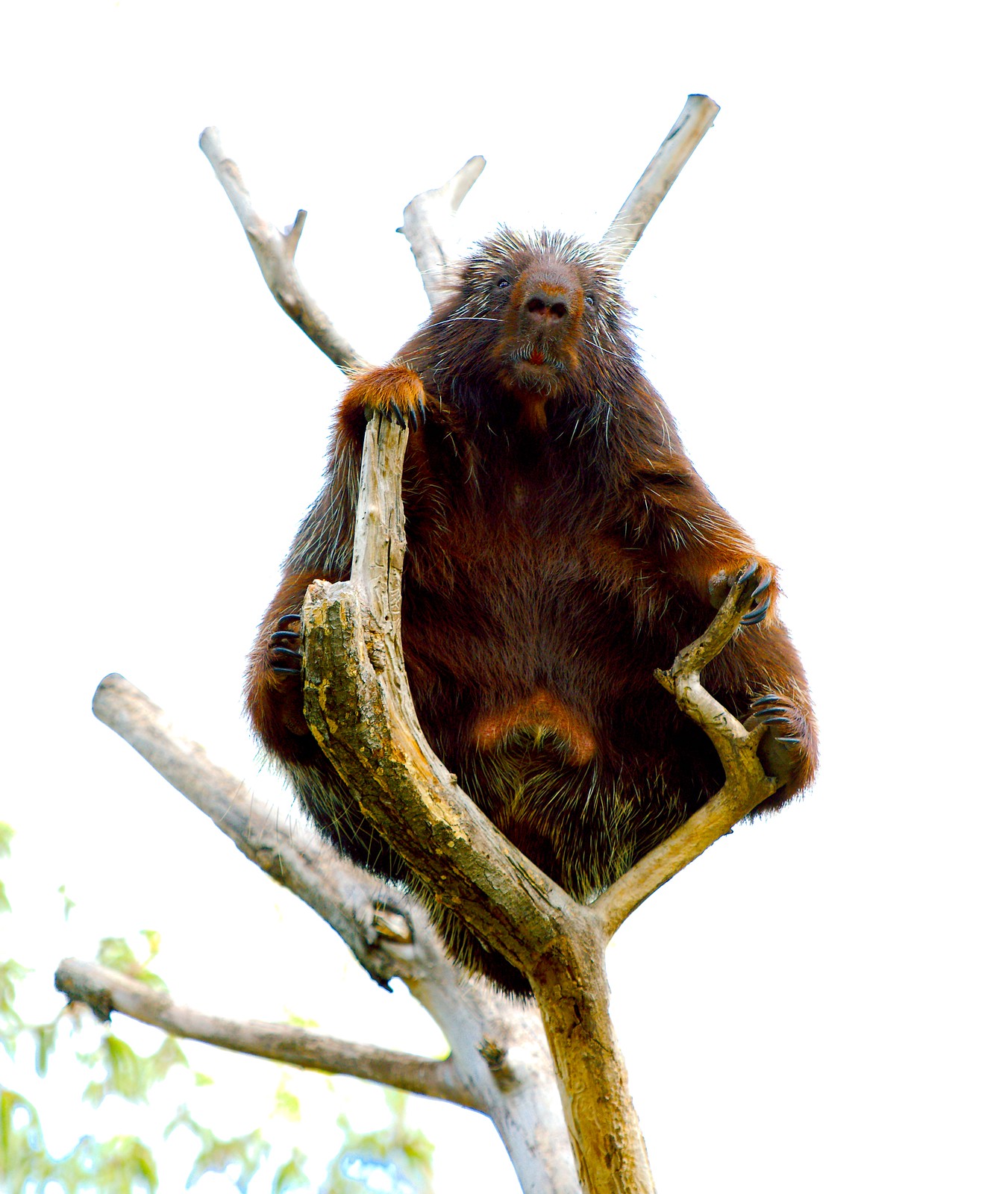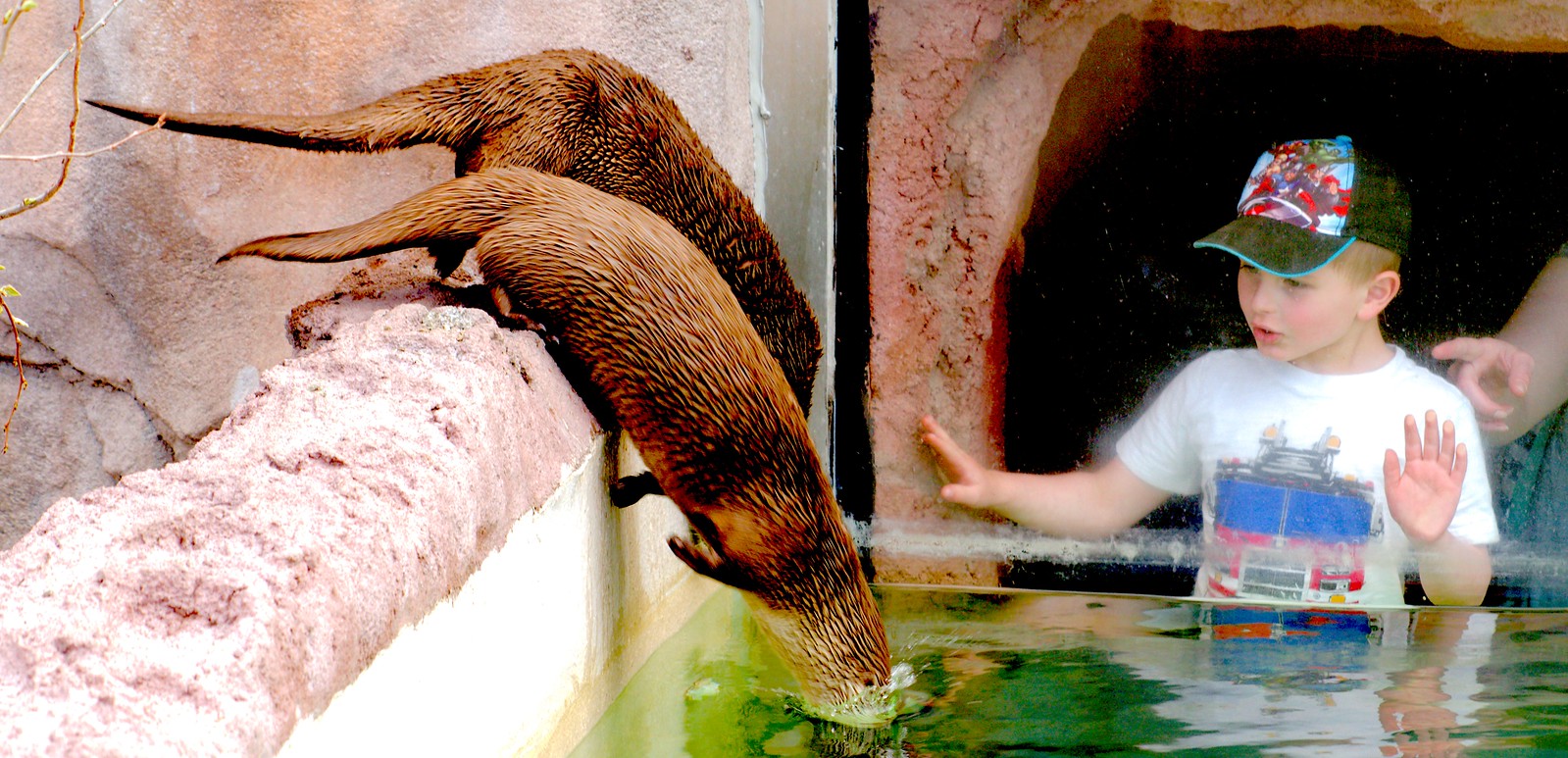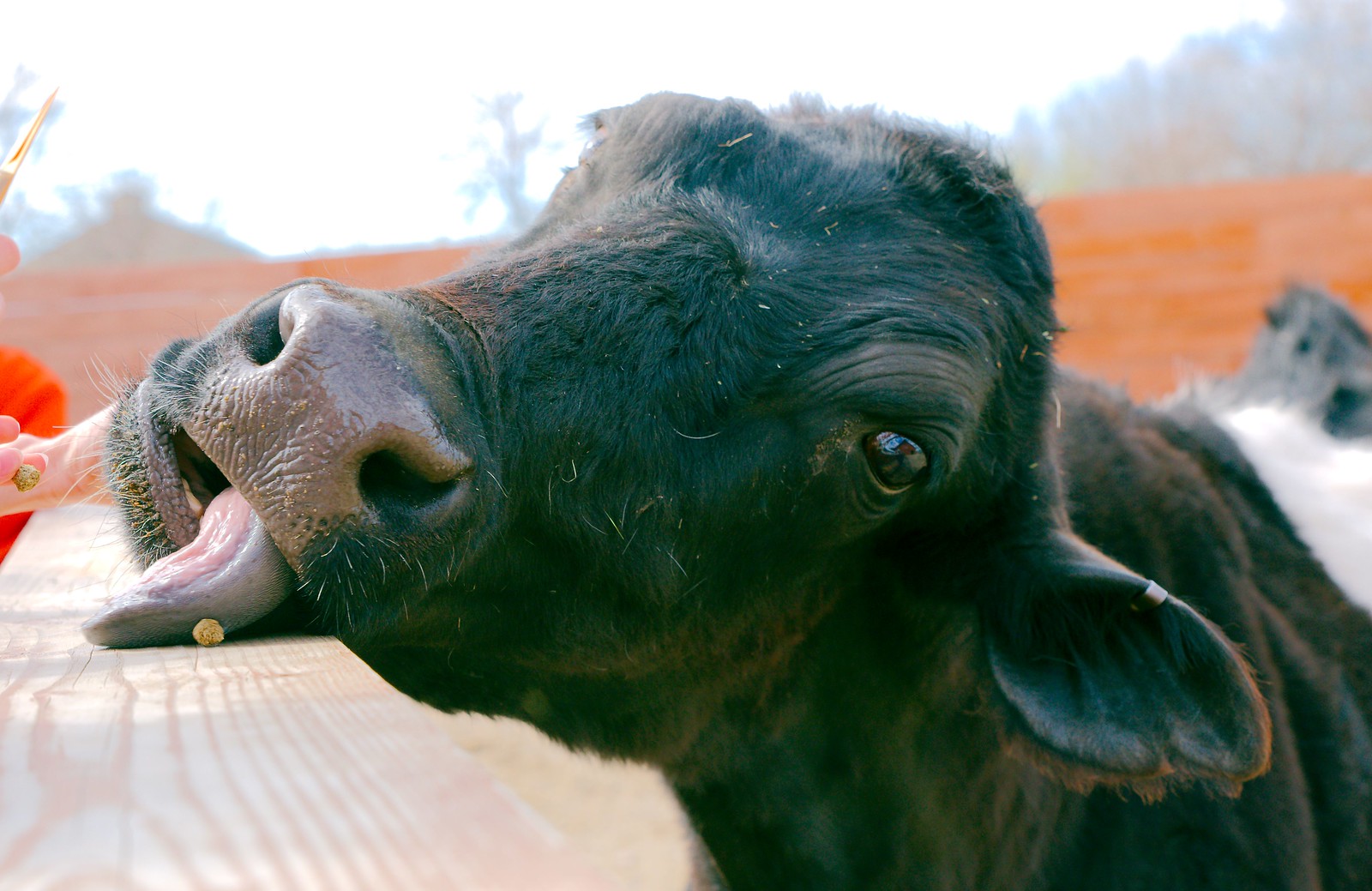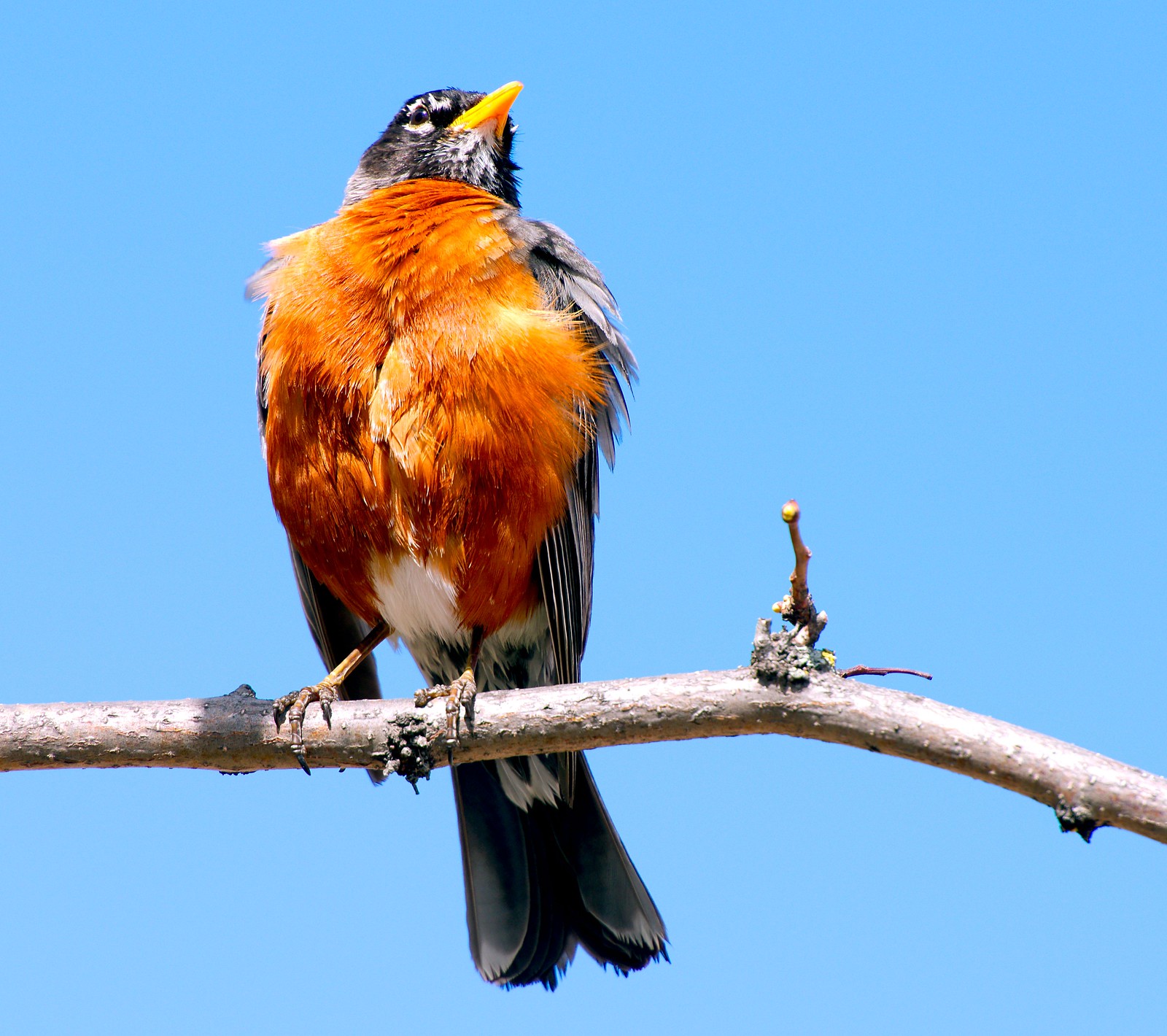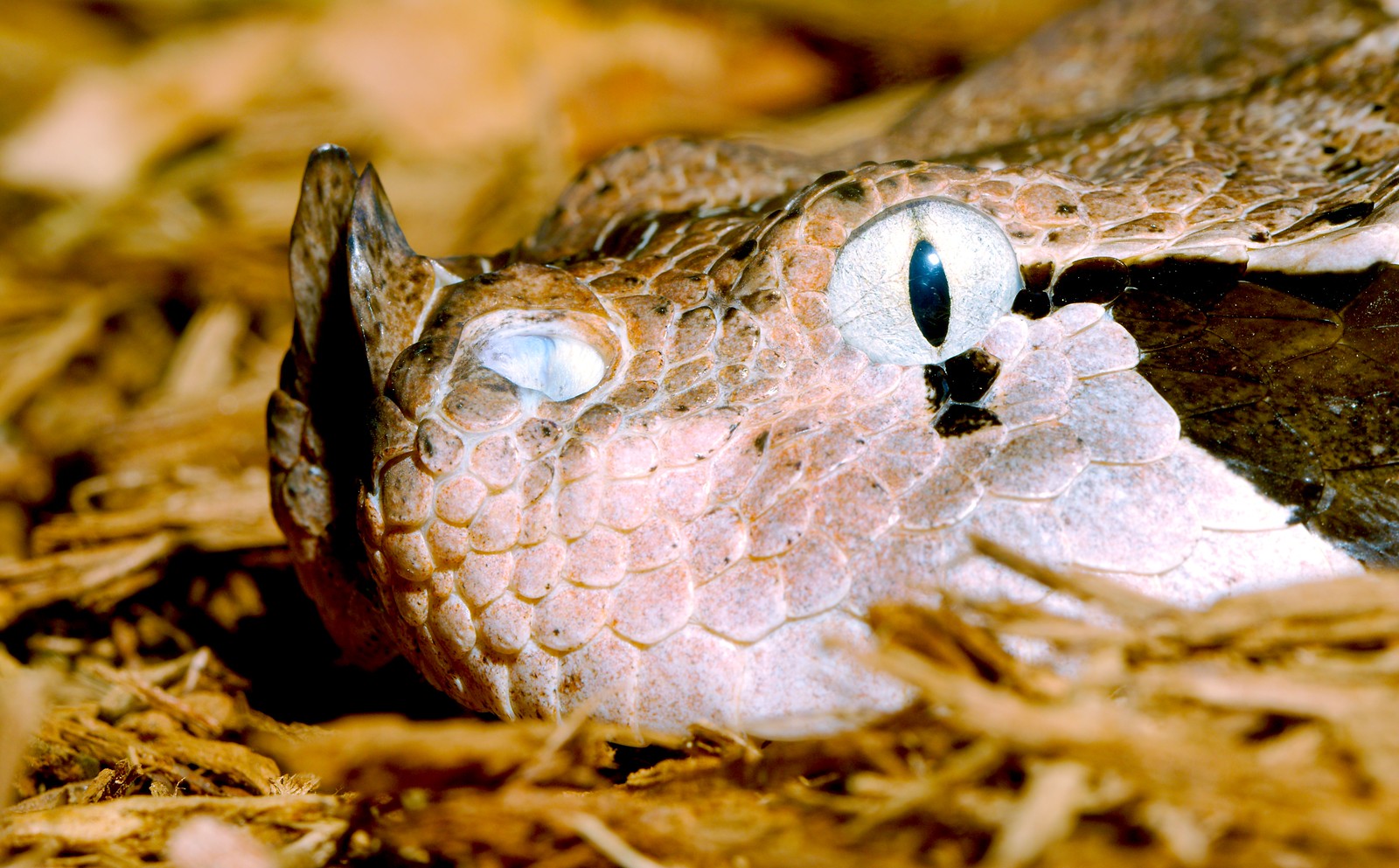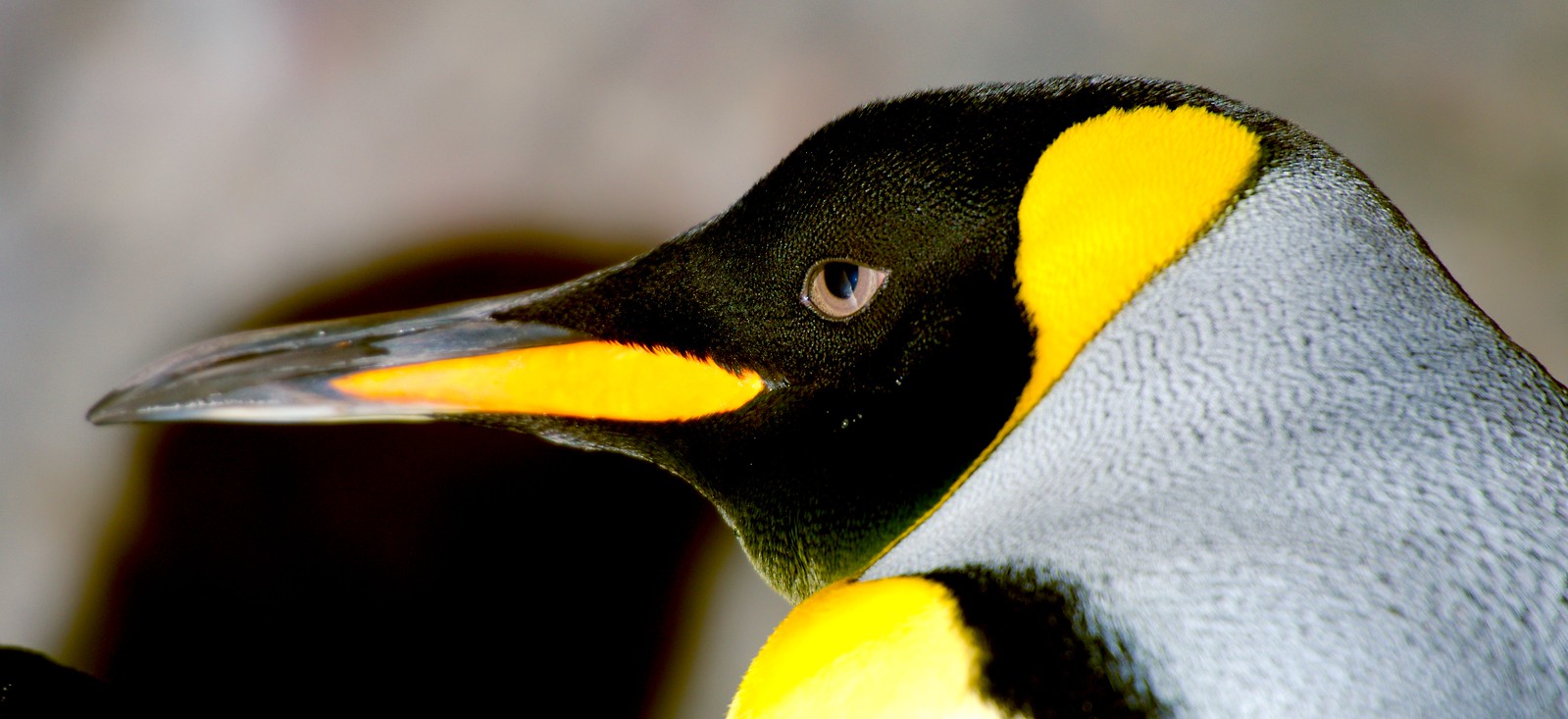Red wolves are so-named due to the colour they glow as they plummet from the sky, cratering into the ground.
Mexican Wolf
Great blue heron
Dog
Easily impressed dog
Porcupine
Otters
Migration game
For one of the education events, the zoo ran a “migration event”. In this event, the kids were asked to pretend to be birds who had to migrate across a continent. There were oases scattered around that birds would stop at to rest, just like in the real world. The kids had to leap from oasis to oasis to get across the field.
The interesting bit was that once the kids did that, disasters effected the environment. A forest fire would take out one. Maybe a nearby city would demolish another. Then the kid-birds would have to migrate back.
This was a way to show, physically, how small human-caused changes can make migration difficult to impossible for some species.
Otter
Cow
Lights
Somewhere, in the middle of the desert, in the middle of the deserted US states, there is a place where three lights shine brighter than the sun.
Really, there is. And this is literally all I know about the place. They seem to be three tall tower assemblies that … reflect light up to passing planes? I don’t know. The place was at least 45 miles away. I was lucky to photograph what I did. I’m honestly surprised that I was able to clean up the haze in the photo enough for it to look this clear.
Any of you have any ideas?
Light bulbs
One of the things I like about zoos is how the good ones blend education with entertainment and reach people who would not otherwise be exposed to information. In this case, as part of education around climate change, children are shown incandescent, compact fluorescent, and LED light bulbs. Energy efficiency is explained and kids are asked to guess which bulb would be least efficient and, therefore, hotter.
The kids seemed to be better guessers than the adults.
Duck
American Robin
Wood Louse
Gaboon Viper
Water Strider
If you zoom in on this photo, you’ll see that strider’s right eye is malformed. I do not know if it got crushed somehow or (more likely) if something went wrong when it was growing.
Given what I know of insect brains and how they handle image reconstitution, though, this may not actually be a drawback to how they interpret the world. The operating theory seems to be that each eye facet sends an image section to the brain, which folds them all together into a single concept of the world around them. Unlike our eyes, which have focusing mechanisms, each facet in an insect eye consists of a fixed lens (like a GoPro) connected to a single sensor cell (not like a GoPro), so it is quite possible that the insect’s brain can reconstruct a mental image of their surroundings just fine with eyes that aren’t spherical. They likely have some blind spots on the right, but it’s probably more like cataracts than total vision loss.
